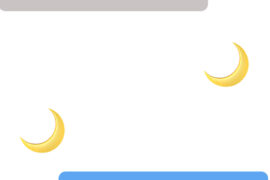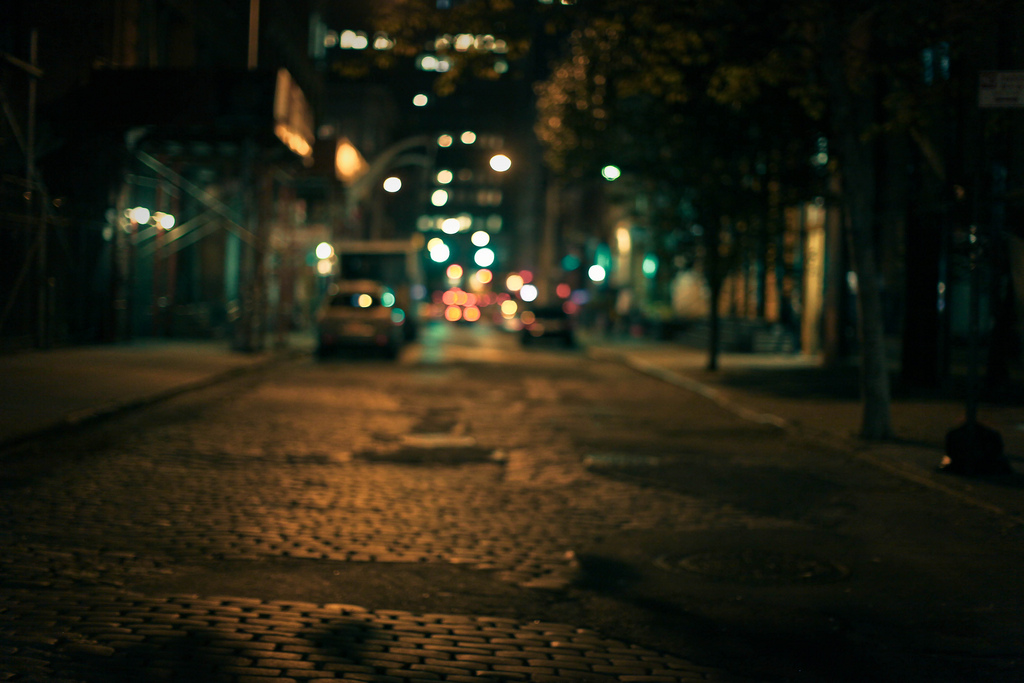Gary Fincke
Color mattered. Sunday mornings, his father held out shirts and ties like a ring bearer and waited for his mother to match them. While she was deciding, his father gathered socks and pants to show her. When nearly everything was selected, he held up the three-sport coats he owned in brown and blue and what the boy’s mother called olive gray. Each Sunday, in those early days of the pastel shirt for men, his father had seemed too old for choice, but the simple era of the white shirt was gone for good. By then, so much depended on color, his mother’s selections were medicinal, alleviating his father’s shyness, uncertainty, and fear. Color therapy, his mother said, had existed since the birth of stained glass, those shades, especially blue, promising health if focused.
The boy had three blue shirts, but his allergies persisted. A thick sweater and his winter coat were blue, but he caught colds and strep throat. When he mentioned the failure of color therapy, she smiled and told him how, when she was very young, someone had claimed diseases were caused by the various shades of the body’s elements falling out of balance. Then she laughed, showing the boy the advertisements that listed red for hydrogen, blue for oxygen, carbon’s yellow, nitrogen’s green. You too, the ad explained, can learn to properly shine colors on your skin above where your problems lie. “Color matters,” she said, “but not like that.”
His father faltered toward despair when, a few years later, patterns came to his shirts—pinstripes and plaids, madras and paisley, and fields of flowers that made a perfect match seem impossible. Close enough, his mother began to say, holding those shirts and ties to the natural light. Close enough, yet his father turned tight-lipped in public, hearing doubt in that diagnosis. He seemed unbalanced each Sunday, welcoming Monday’s early morning when he pulled on the full green of his uniform for work, cleaning up after children who wore their clothes like models.
Green was reassuring from 7:15 a.m. to 4:00 p.m. It gave his father confidence as he swept floors, emptied wastebaskets, and made certain to align desks and arrange chalk by their simple colors. On Saturdays, the boy’s mother washed and ironed the two sets of green. She hung them with care, swallowed pills, lay down to rest, and one afternoon sent away for “The Healing Scarf” because its silk was dyed with so many colors it contained every shade needed for her recovery. She didn’t laugh. She studied its guide to color’s power. She didn’t smile. She had already learned the precise location for her pain. For months, she wore the scarf over her bare skull to balance her brain’s intricate rainbow, enhancing the shades of radiation and the felt colors of chemo because, she said, “Every little bit helps.”
Then his mother died, her rainbow of clothes packed and donated. His father recalled only three combinations for “dressing up.” He learned to wash and iron the plain shirts—blue, beige, and gray—laying them out with the ties and socks on the unused side of his bed. He repeated them through a year of Sundays, the six Wednesdays of Lent, Good Friday, and Christmas, and the irregular arrivals of funerals and weddings. More than twenty times a year then, the simple shades were what he remembered about the best arrangement of color, dressing himself three ways for church, one for work, until the boy, a young man now, watched him become all silence, unbalanced, and dark.
Gary Fincke’s new collection of flash fiction, The Corridors of Longing, was published by Pelekinesis Press in 2022. His long-form collections have won the Flannery O’Connor Prize and the Elixir Press Fiction Prize. He is co-editor of the annual anthology Best Microfiction.
Photo by Rhii Photography on Unsplash




